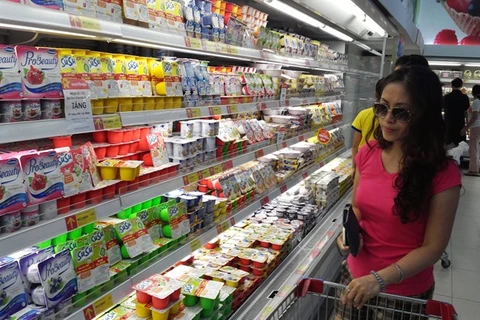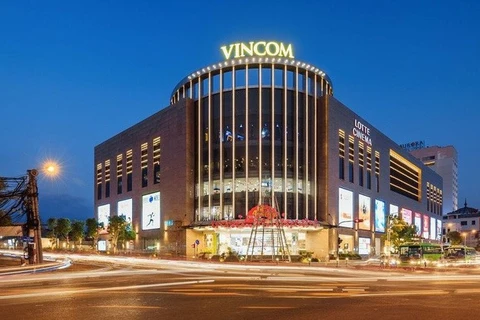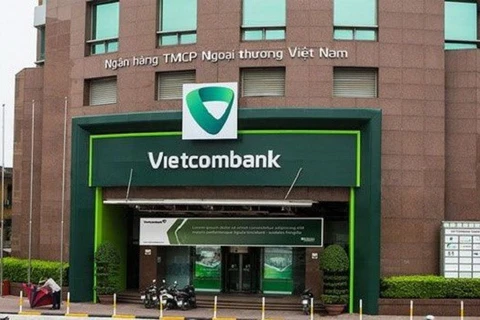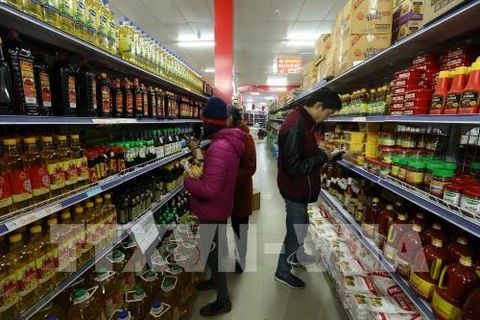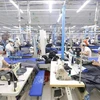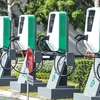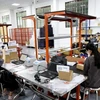 A view of Aeon Mall Binh Tan in Ho Chi Minh City. The retail landscape in Vietnam is changing with the rise of shopping malls. (Photo: VNA)
A view of Aeon Mall Binh Tan in Ho Chi Minh City. The retail landscape in Vietnam is changing with the rise of shopping malls. (Photo: VNA)Hanoi (VNA) – The retail landscape in Vietnam is changing, with the fall of department stores while shopping malls are flourishing.
In 2017, the country’s retail sector earned roughly 129 billion USD, up 11 percent from 2016, relatively high growth compared with other Southeast Asian nations.
But Parkson Holdings, a Malaysian department store operator with outlets across Asia, is missing out on the trend. The firm continues to suffer losses and unsatisfactory business results in Vietnam. Last year, it earned about 500 billion VND (22 million USD) in revenue but posted accumulated losses of more than 60 billion VND (2.64 million USD).
Parkson had to scale down in Vietnam over the past few years. Earlier this year, Parkson Flemington in Le Dai Hanh Street, Ho Chi Minh City, its fourth store, was closed after eight years of operation, following the closure of Parkson Keangnam in January 2015, Parkson Paragon in May 2016 and Parkson Viet Tower in December 2016.
The company was at its prime from 2005 – 2010, introducing international brands to local consumers through its department stores. However, times change and new retail giants brought new shopping experiences, enticing shoppers with malls which cater to a larger variety of demands.
According to Savills, the design of the new malls is different, allowing retailers room to provide a much wider selection of goods and services than is currently available in the small shops provided by department stores.
Covering areas of below 20,000 square metres, department stores focus on cosmetics and fashion items. The relatively small areas also make it difficult for department stores to optimise benefits and accommodate added services.
Meanwhile, with average area of 45,000 – 60,000 sq.m, shopping malls offer a one-stop shopping experience, including areas for shopping, restaurants, spa, supermarkets, banks and even schools. These malls are destinations for shopaholics and also satisfy all amusement demands of a family, from children to adults, Pham Thai Binh, head of Retail Leasing, Savills Vietnam explained.
These factors are, to some extent, behind the shift from department stores to shopping malls, Binh said.
In the next three years, the retail market is expected to witness rapid growth to meet increasing demand in entertainment, modern grocery stores and fashion. Other services in malls, like fitness centres and cinemas, will also be expanded.
In addition, the sector will become even more competitive as foreign retailers are seeking to accelerate investment in Vietnam, including Thailand’s TCC Group and Central Group, Singapore’s Mapple Tree & Kepple Land, the Republic of Korea’s Lotte and Emart and Japan-based Aeon and Takashimaya-VNA
VNA
